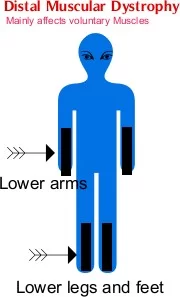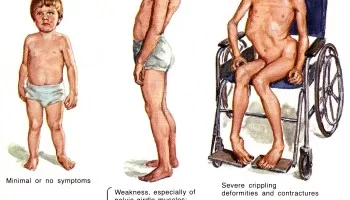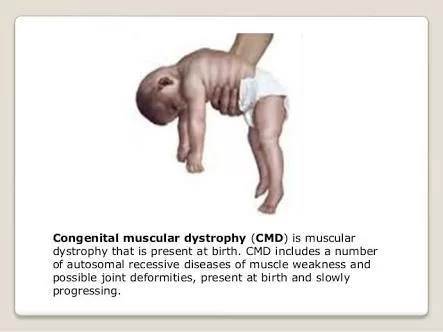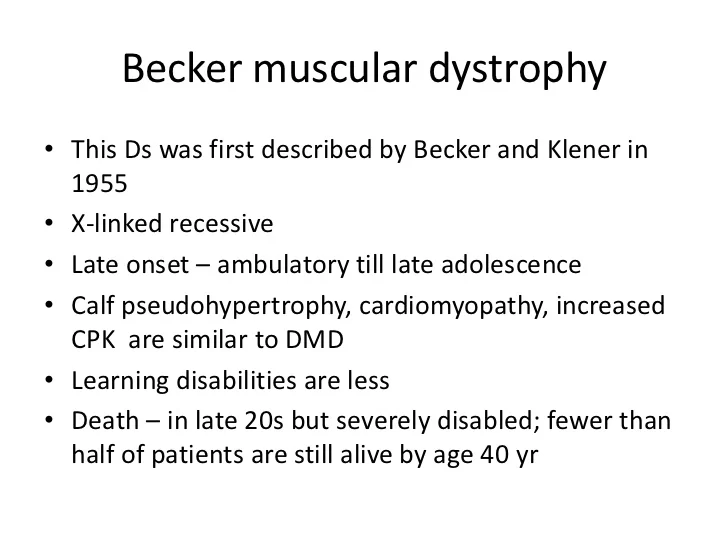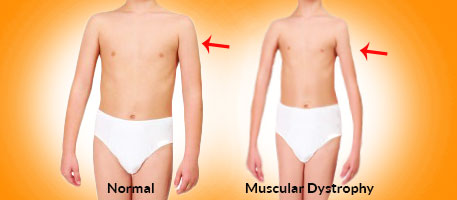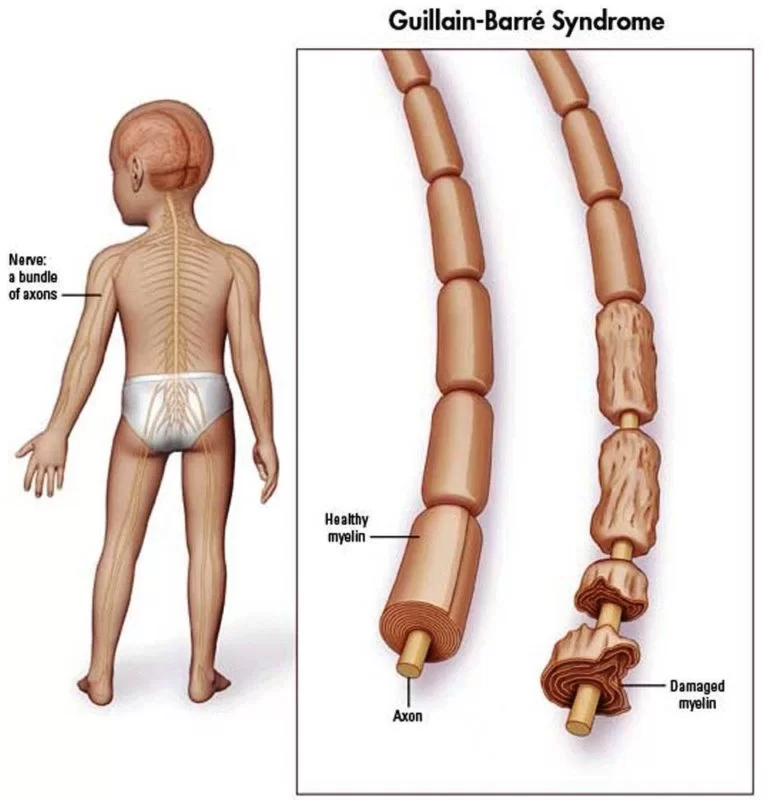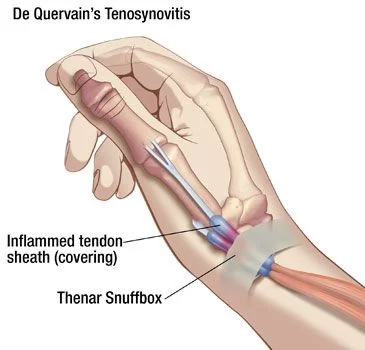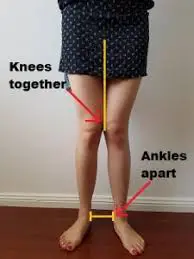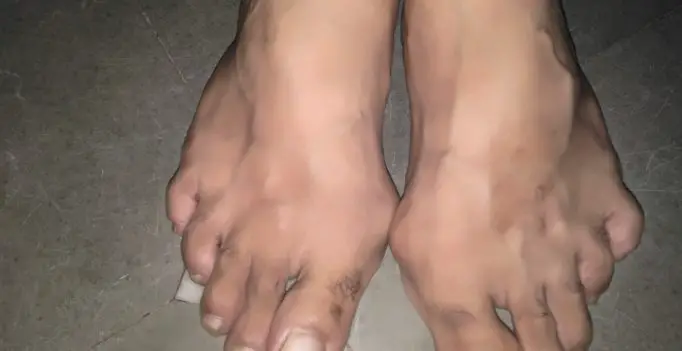Distal Muscular Dystrophy
What is a Distal Muscular Dystrophy? • Distal muscular dystrophy (or distal myopathy) is a group of disorders characterized by onset in the hands or feet. Age of onset 40-60 years.• Distal muscular dystrophy is a type of muscular dystrophy that affects the muscles of the extremities, the hands, feet, lower arms, or lower legs….

